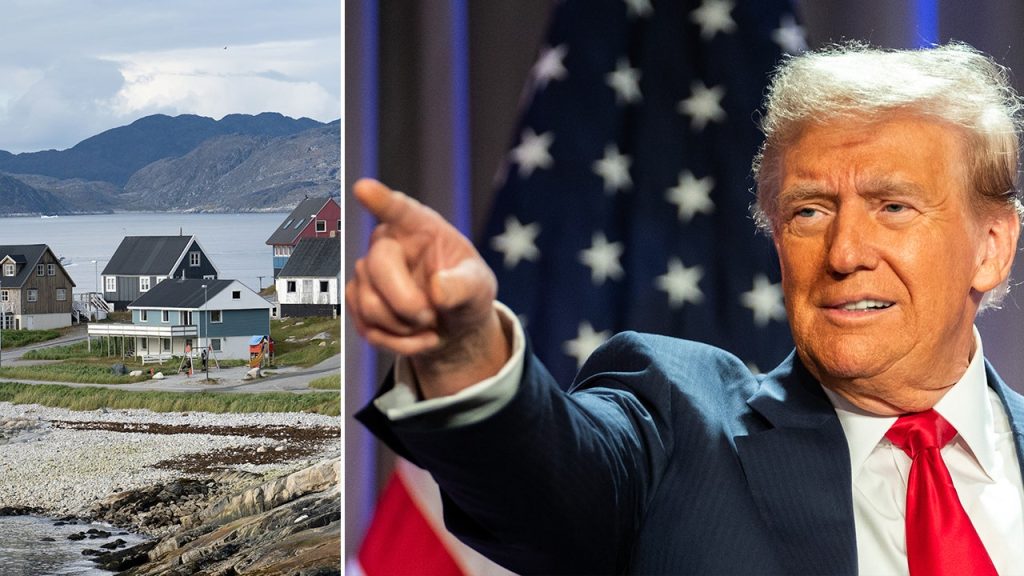Greenland’s pursuit of independence from Denmark has taken center stage with Prime Minister Múte Egede’s recent pronouncements, signaling a renewed determination to chart the island’s own course. Egede emphasizes the need for concrete steps toward secession, urging a collaborative approach with Greenland’s citizens to establish a roadmap for this significant transition. His vision encompasses not only political independence but also economic self-determination, highlighting the importance of strategically choosing future collaborations and trade partnerships. This move reflects a growing sentiment within Greenland to take control of its destiny and shape its future relationships on its own terms.
Egede’s declarations follow a resurfaced social media post by former US President Donald Trump, who during his first term in office expressed interest in acquiring Greenland, referring to it as a potential “large real estate deal.” Trump’s proposition, which likened the acquisition to a business transaction, was met with strong resistance from Greenlandic officials, who reiterated that the island is not for sale. This episode underscored the historical tension between Greenland’s desire for self-determination and external interests in its strategic location and resource wealth.
The US has long held an interest in Greenland, dating back to the 19th century. In 1867, the State Department explored the possibility of purchasing both Greenland and Iceland, recognizing their strategic significance. Following World War II, President Harry Truman made a formal offer of $100 million for Greenland, which Denmark declined. These historical attempts to acquire the island highlight its perceived geopolitical importance, particularly during periods of heightened international tension.
Prime Minister Egede’s firm stance against selling Greenland reflects a deep-seated commitment to preserving the island’s autonomy and cultural identity. He emphasizes that Greenland’s pursuit of independence is not merely a political maneuver but a continuation of a long-fought struggle for freedom. This sentiment underscores the historical context of Greenland’s relationship with Denmark and the enduring aspiration for self-governance.
The current political climate in Greenland, coupled with Egede’s pronouncements, suggests a growing momentum toward independence. The Prime Minister’s call for citizen involvement in charting the path forward signals a shift towards a more inclusive and participatory approach to nation-building. This focus on internal consensus-building is crucial for navigating the complex legal and political landscape of secession and ensuring a smooth transition towards self-governance.
Greenland’s pursuit of independence is not solely about severing ties with Denmark; it’s about defining its own identity and future trajectory on the global stage. This includes forging new alliances, exploring diverse economic opportunities, and asserting its sovereignty in international affairs. The island’s rich natural resources, strategic location, and growing geopolitical importance position it as a key player in the Arctic region, and its journey towards independence will undoubtedly shape the dynamics of this increasingly contested space. As Greenland navigates this pivotal moment in its history, the world watches with anticipation as it embarks on a path to self-determination and charts its own course in an ever-evolving global landscape.

